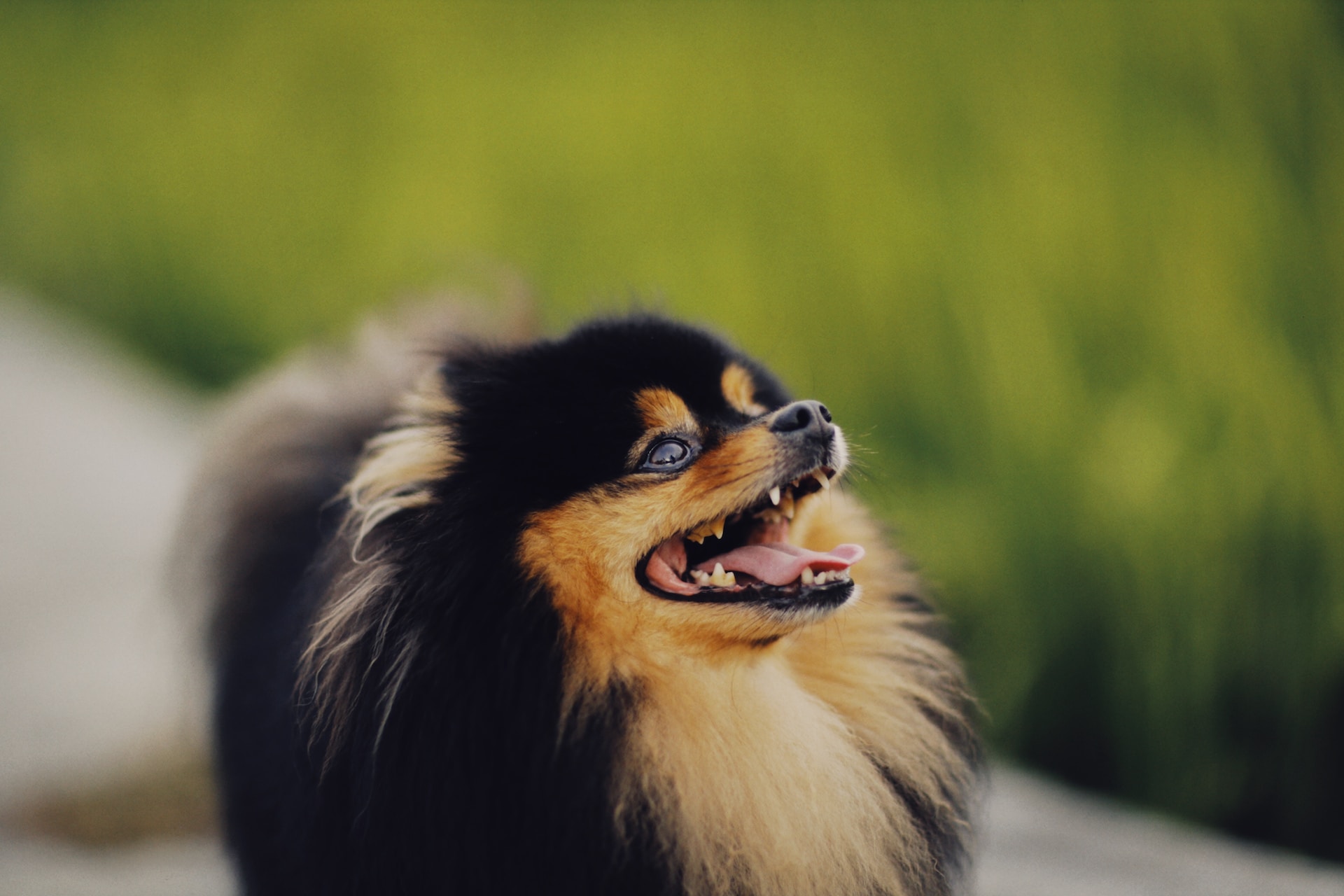
26 Jan My Dog Chipped a Tooth–What Should I Do?
When a dog chips a tooth, it can lead to various issues, and the severity of the consequences depends on the extent of the damage. Your veterinarian can determine the extent of the damage and what treatments may be indicated. Quite often this requires an oral examination while your pet is under anesthesia. This also allows your veterinarian to perform dental imaging with either dental radiographs or cone beam computed tomography scanning.
It is critical for your veterinarian to answer multiple questions. First, is the pulp chamber exposed? Second, are there signs of an abscess on dental imaging? Third, is the tooth periodontally sound; meaning has there been a breakdown of surrounding tissues due to chronic periodontal disease?
Chipped Teeth Are Painful
It’s important to contact your veterinarians immediately if your pet chips or breaks a tooth. Here are some potential problems associated with a chipped tooth in dogs:
- Pain and Discomfort: A chipped tooth can cause pain and discomfort for your dog. They may show signs of sensitivity, difficulty chewing, or pawing at their mouth. However, since dogs are very stoic and reluctant to show pain, they may act completely normal despite being uncomfortable. Pain can result from a chipped tooth even with just dentin exposed, and not the underlying pulp.
- Infection: If the pulp (inner part) of the tooth is exposed due to the chip, it will lead to infection. Bacteria will enter the tooth, causing inflammation and infection. Where there is inflammation, there is pain. Bacterial contamination can also take place with just dentin exposure. Dentin is porous and easily penetrated by bacteria after it is exposed. Most often, the pulp is able to defend itself and lay down an extra layer of dentin internally. However, it is far from rare for the pulp to not be able to defend itself internally and become irreversibly damaged.
How Are Fractured Dog Teeth Treated?
Fractured teeth that have pulp exposure and/or signs of abscessation on dental images should be treated with either root canal therapy or extraction. Root canal therapy is a specialist procedure that requires referral to a veterinary dentist. The benefit of a root canal procedure is that it allows the removal of infected and painful pulp, while allowing the tooth to be saved and not extracted. While not a wrong choice, extractions are surgical procedures that require oral restrictions for up to 2-3 weeks while the site heals.
Fractured teeth that do not have pulp exposure and are normal on imaging can sometimes be treated with odontoplasty (smoothing) and sealing with a dental bonding agent and resin. For these procedures to be most beneficial, they should be performed as soon as possible after the fracture takes place. This may be difficult to know exactly when the chip fracture happened. Contact your veterinarian right away if you notice any changes in your dog’s mouth, or their behavior.
Five Consequences of Leaving a Chipped Tooth Untreated
- Changes in Eating Habits: Your dog might avoid certain types of food or have difficulty eating, leading to changes in their eating habits. Sometimes these changes can be quite subtle. Dogs dealing with oral pain will often pick up smaller amounts of their meals and carry them away from the bowl only to spit them out and then eat them more slowly than normal.
- Behavioral Changes: Pain or discomfort can lead to changes in your dog’s behavior. They may become irritable, less active, or exhibit signs of aggression. Their sleep patterns may change and be manifested in different ways, either by sleeping more or sleeping less.
- Tooth Decay: A chipped tooth may expose the inner layers of the tooth to bacteria, increasing the risk of tooth decay. This is commonly known in human dentistry as a caries (or cavity). Caries are uncommon in dogs and usually only involve molars in the back of the mouth. Caries are typically only able to be diagnosed in an anesthetized dog.
- Gum Disease: Damage to the tooth can affect the surrounding gums, potentially leading to gum disease. Sometimes, fractures that lead to pulp infection can start in the tip of the root and work their way up to the gingiva.
- Broken Teeth: In some cases, a chipped tooth can progress to a more severe break if left untreated, leading to more extensive dental issues. If a larger fracture occurs after a chip fracture, it may extend below the gumline and compromise the tooth periodontally.
Watch Out for Dog Toys That Can Easily Break Teeth
It is very important to avoid giving a dog chew toys that can easily break a tooth. Items such as marrow bones, antlers, bully sticks, pig ears, and nylon bones can all fracture teeth. I advise pet owners to not give their dogs anything that they:
- Cannot bend or break
- Can pound a nail with
- Would not want thrown at their knee
If the toy does not fit this criteria, then the item is too hard for their dog’s teeth and should be taken away. Your veterinarian and their team members can help you determine what types of chew toys are acceptable for your dog.
Consult an Experienced Colorado Dog Dentist
If you suspect your dog has chipped a tooth, it’s crucial to consult with a veterinarian. They can conduct a thorough examination, assess the extent of the damage, and recommend appropriate treatment, which may include dental procedures or extractions if necessary. Regular dental check-ups and preventive care can also help maintain your dog’s oral health.
The doctors and team members at Animal Dental Care and Oral Surgery in Colorado Springs can help you determine if your precious dog has a chip fracture that needs to be treated. Contact us today to schedule an appointment.
Images used under creative commons license – commercial use (1/27/2024). Photo by Alexey Demidov on Unsplash

